Great portraits are not created only in studio
Happy Tuesday to everyone out there.
Thanks a lot for your support, that means a lot. And I’m so happy you are choosing to be with me for a few minutes reading my article.
Now, let’s go straight to the topic for today’s piece.
I do love creating portraits in the studio. There are many reasons for this and I will probably dig into it in a future post.
However, especially when the season turns to warm and sunny days, I also like to be more out in nature and breathe some fresh air while feeding my creativity.
Planning a shoot, be it in the studio or outdoors, requires time and research.
Part of this research (I would add, a very important part), in the case of location sets, is finding the best spot where I can stop and create with my model.
This is not something you can just do when arriving on location, so here are a few reasons why visiting the place beforehand is crucial to the result of the whole shoot.
1. Assess Lighting: for sure, I don’t want to book a date with the model, the make-up artist, and the rest of the team, pack all the gear up and drive to my location just to arrive and discover that the light is awful. I want to be sure that I will always be able to get what I want, which means visiting the place in advance, at different times, to see where the sun is and where shadows are cast.
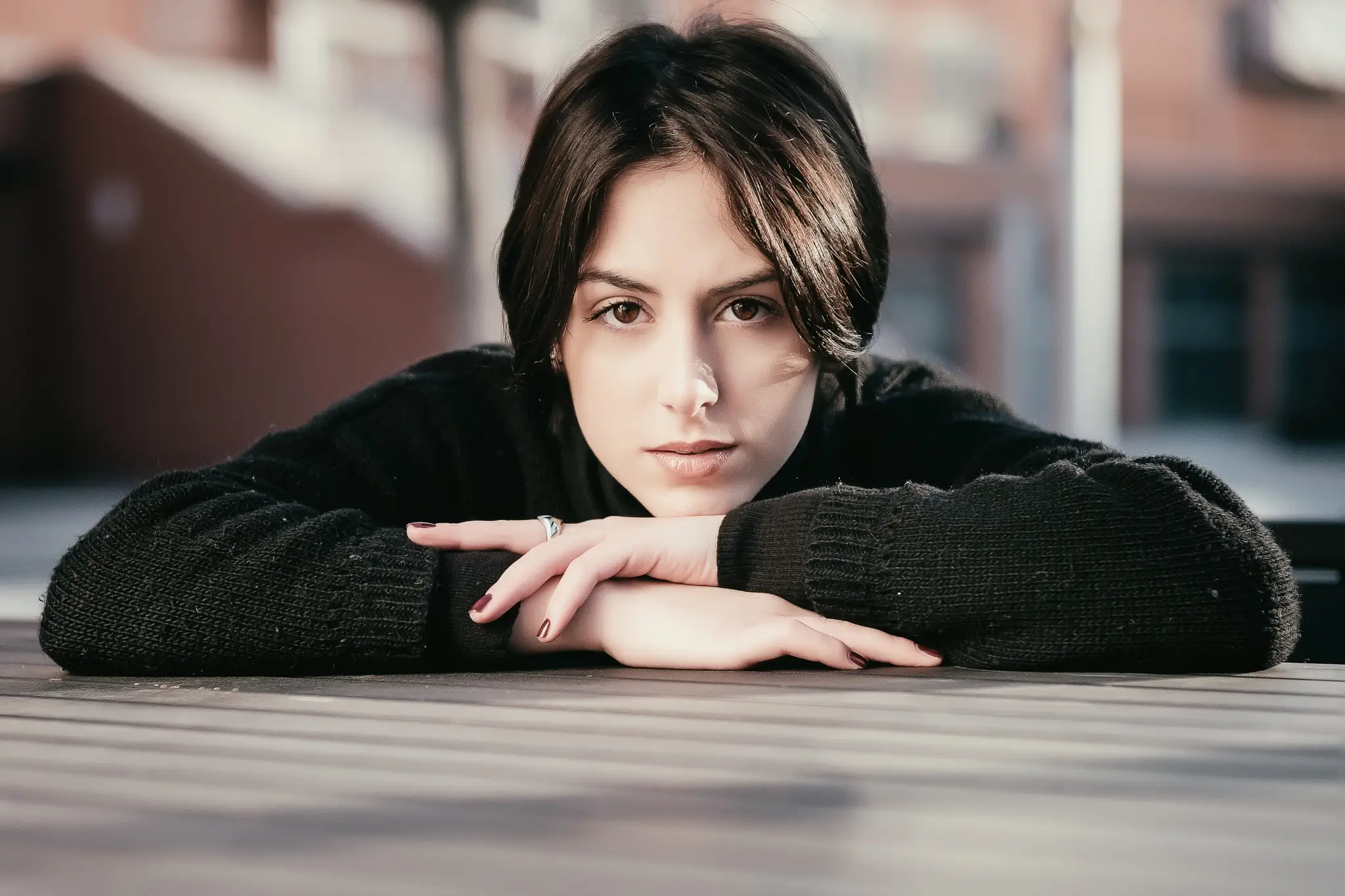
2. Background Selection: “Ah, let’s move over there, I don’t want to have those trash bins in the background”. Yes. This can happen. And I wasted time moving to another spot. I know I can remove them afterwards, however, I’m the kinda photographer who prefers to get the picture as better as possible and limit the work in post-production to those things that cannot be achieved directly when shooting. Checking the possible backgrounds and all the bad things that may fall into the image is also a good practice to save time.
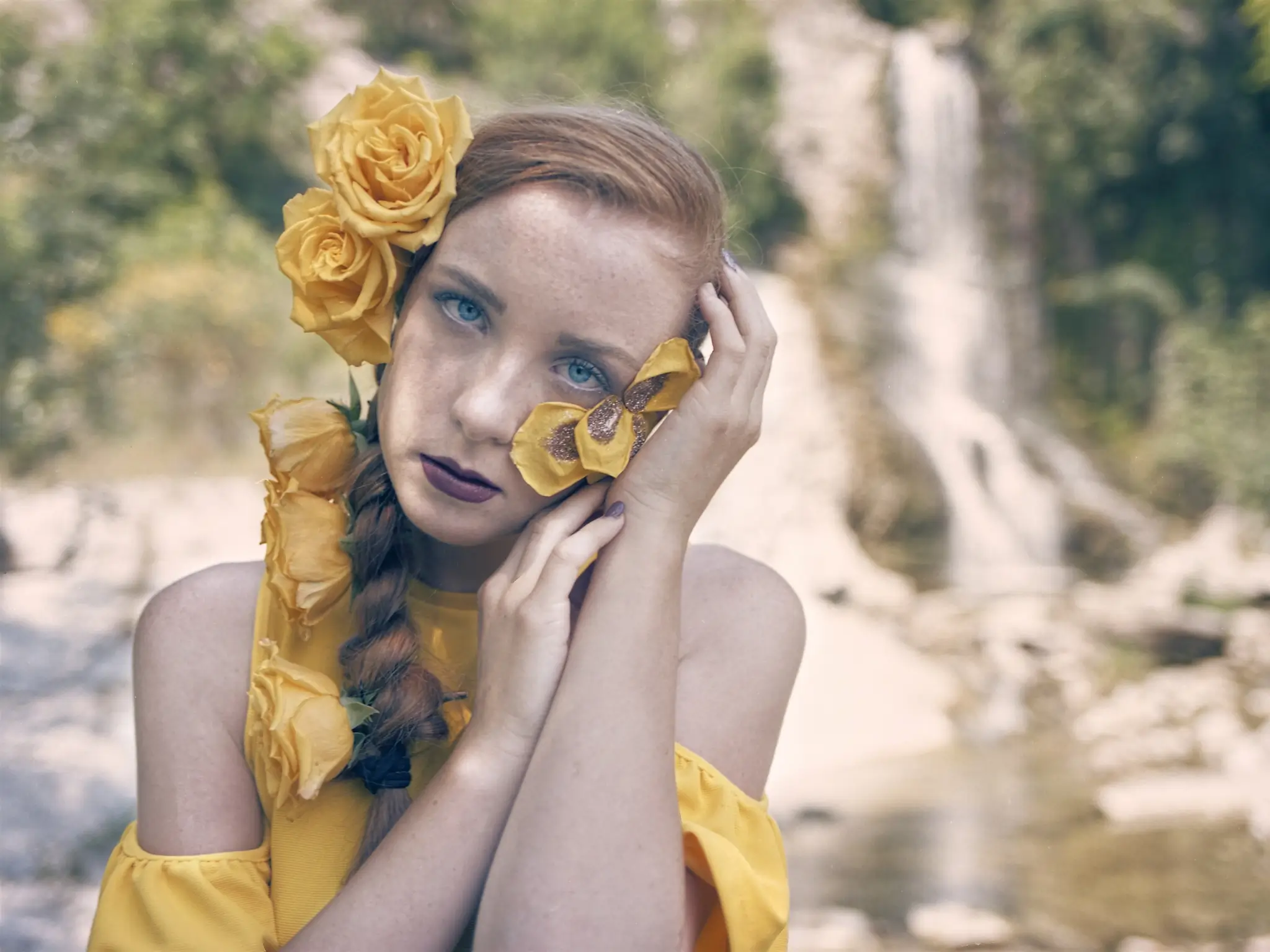
3. Composition and Framing: Location sets are not “static”, in the sense that, when I find a place, I settle there and all the pictures are taken in the same spot. I like to walk around to find different backgrounds and different views and thus frame and compose the pictures according to what’s around me. If I don’t spend time before the set to evaluate all the possible “subsets” I can create, I risk missing opportunities during the shoot.
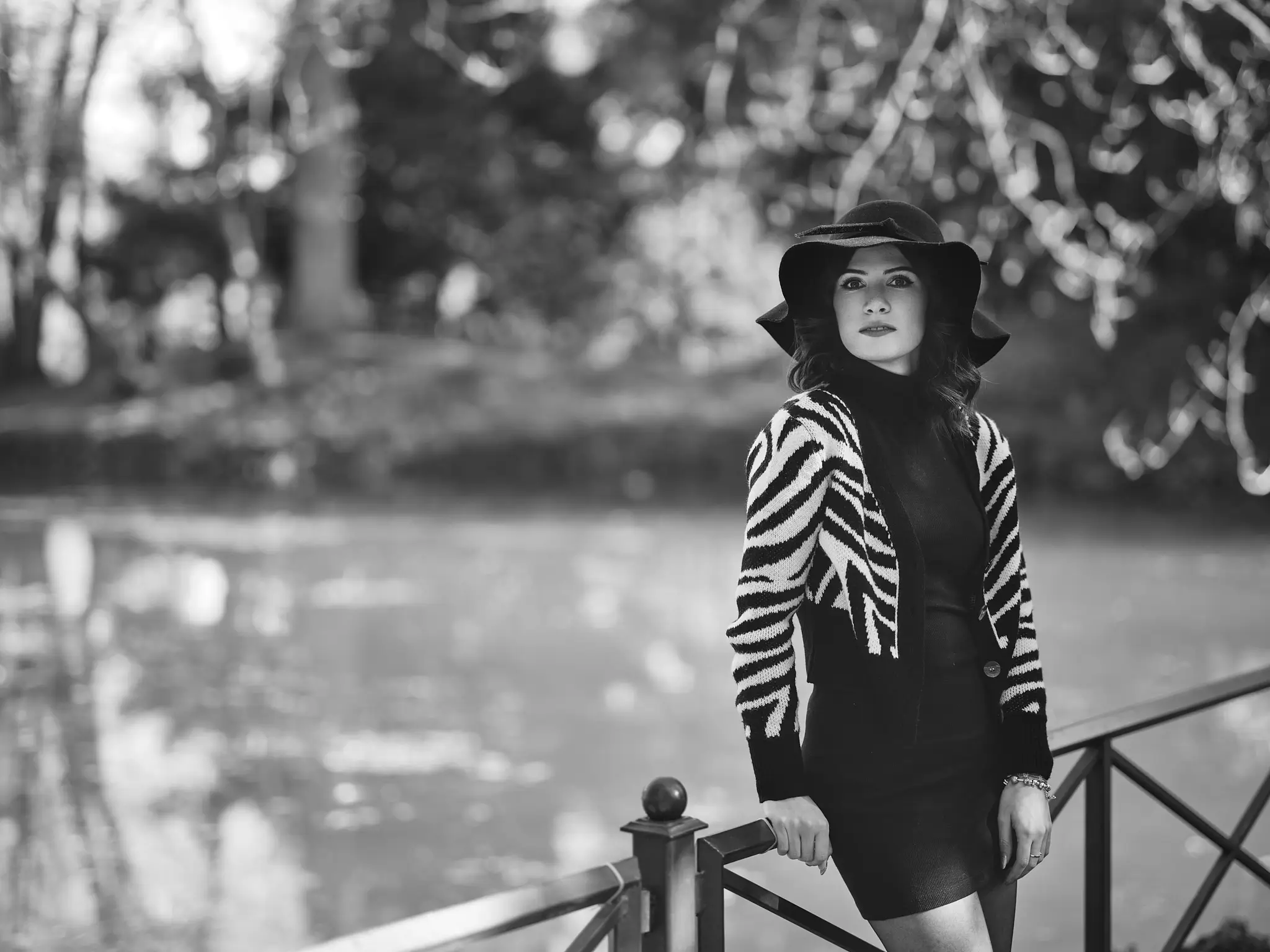
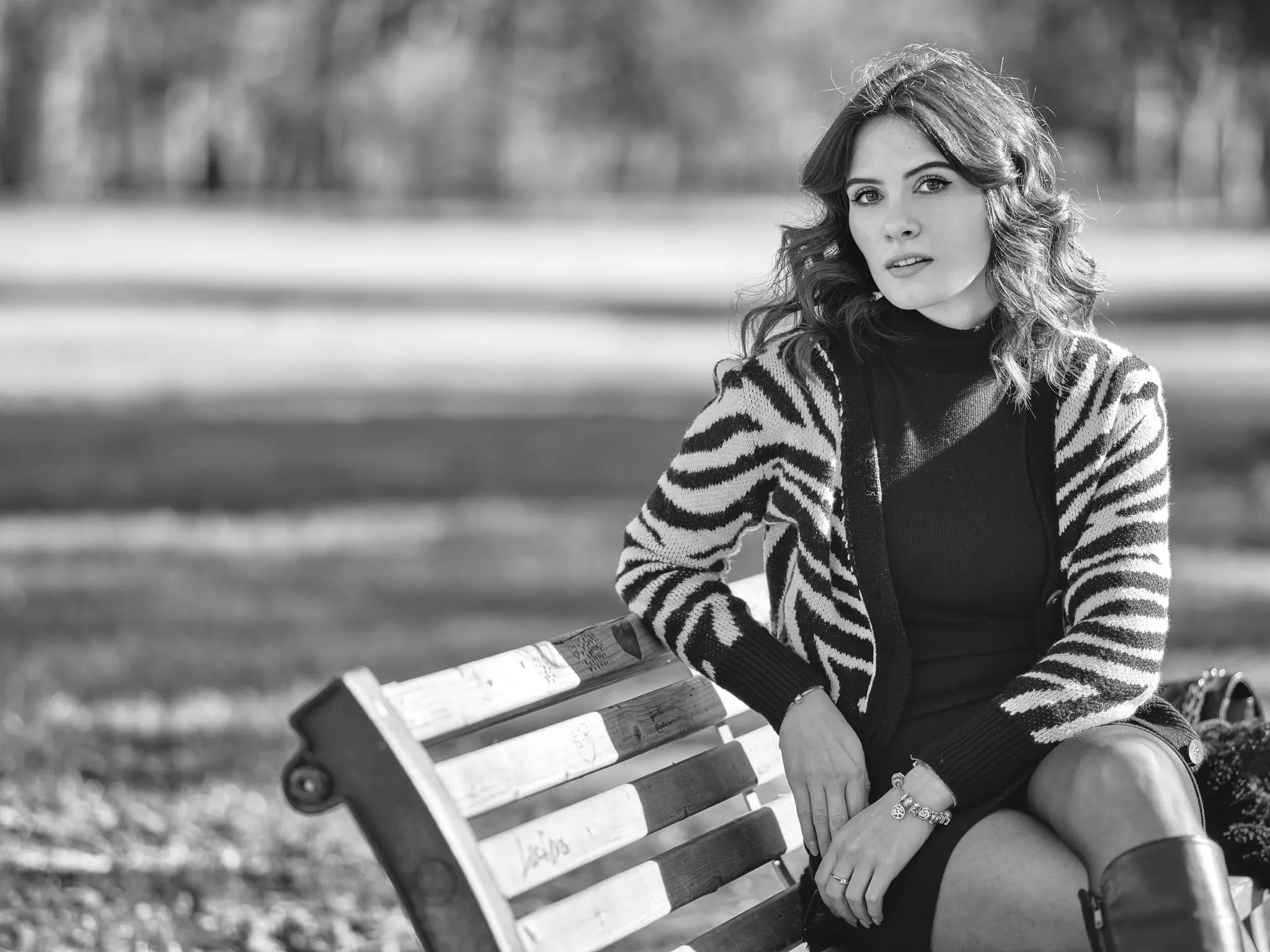
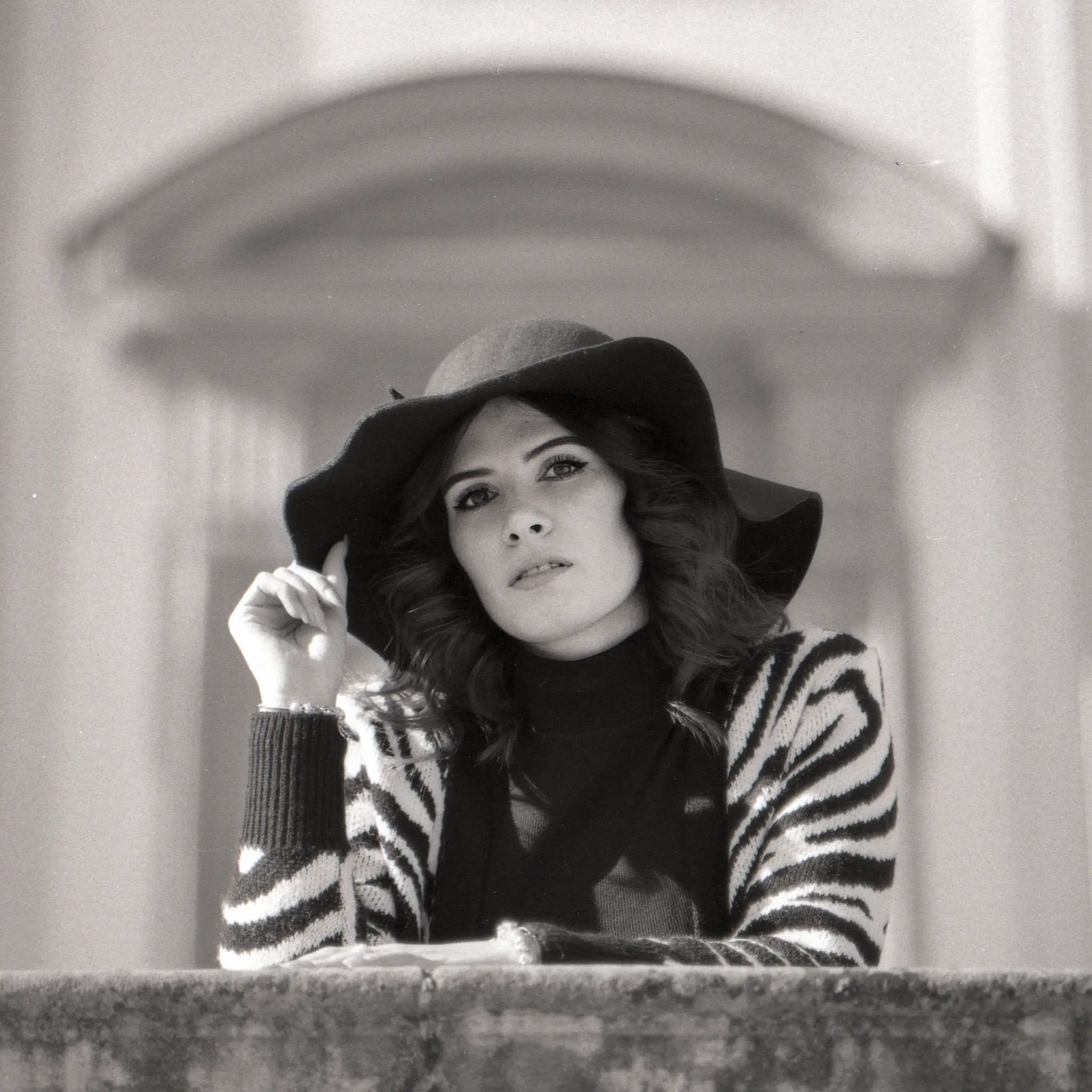
4. Logistics Planning: A clear example of what this means is a shoot I made years ago (some Unpublished images can be found here, in a previous post) where I used coloured smoke. I visited many places I thought would perfectly fit this set, however, they were all too close to the streets. After talking to the police about it, they said none of the locations I chose were allowed for my work. Luckily I managed to find a great place, but preliminary checks about what’s around the set location can highlight problems and avoid waste of time (and prevent from being fined).
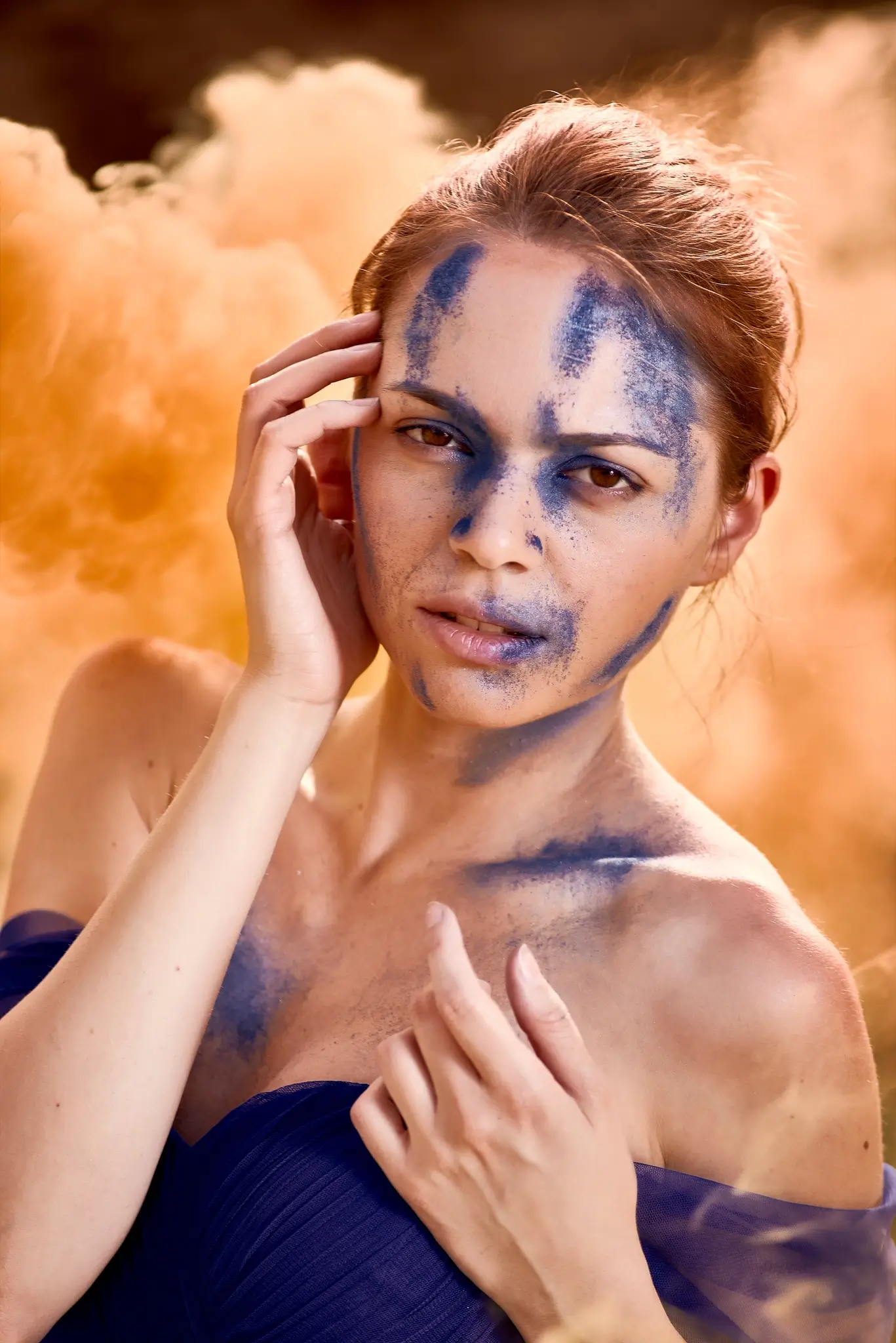
5. Environmental Factors: I’ve been dreaming about shooting in that cave for a long time. This place is not far from where I live, but given the specific nature of that place, it took me a long time to plan it. Looking at the map, it’s just a quick walk among wonderful meadows before reaching a forest and the caves hidden behind the trees. When I first visited the location, the reality was a little different. The meadows were wild fields with high grass and the possibility to find snakes was not so remote. The caves themselves were partially submerged in water, as a result of the small river flooding the surrounding area. And those that were accessible were too cold and humid. I had to go there several times at different periods of the year to decide when the best moment was for the shoot.
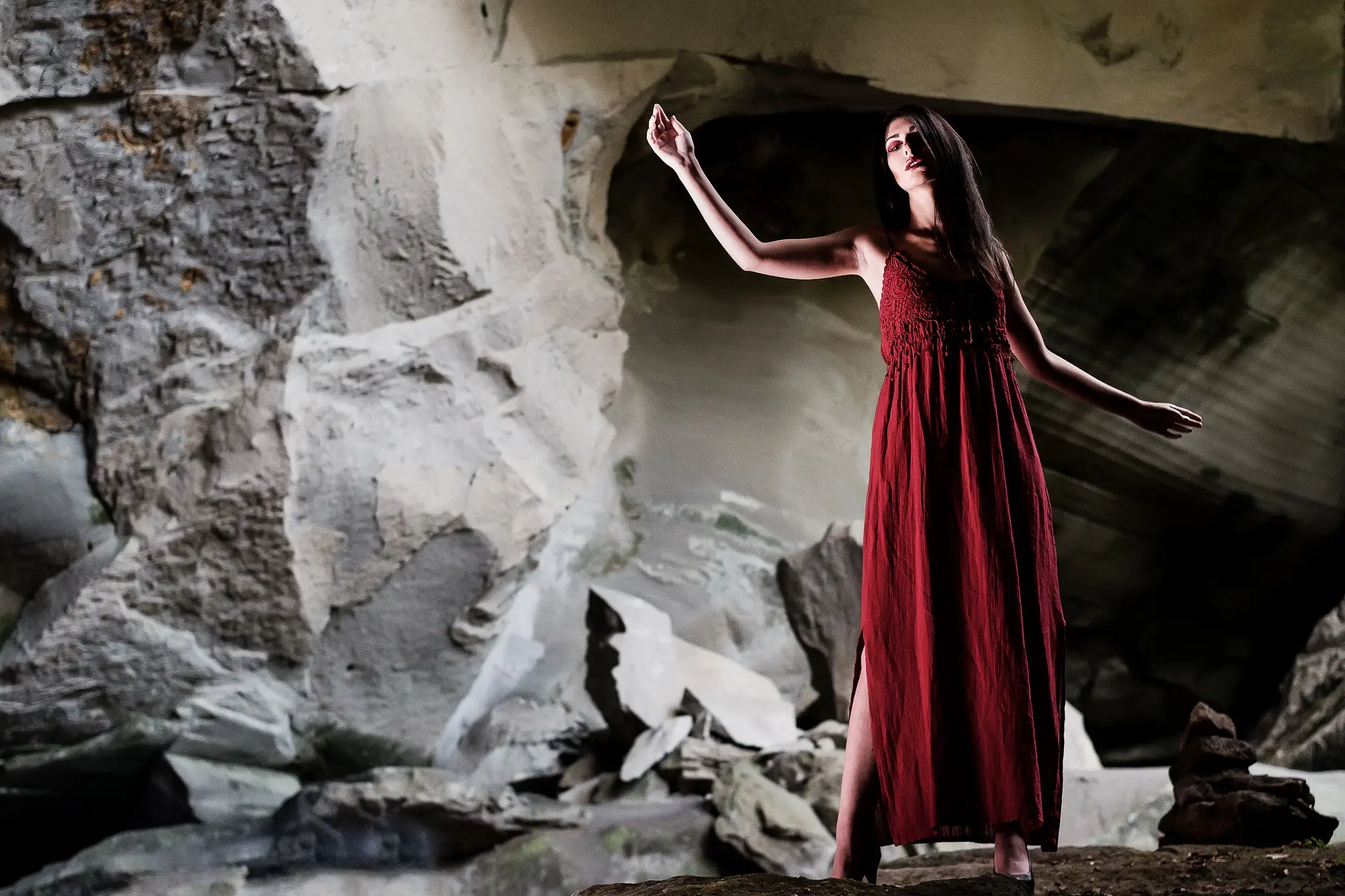
6. Safety: I kept this as the last point, but I think it’s the most important. I only plan sets if I’m 100% sure there’s no risk for anyone in the team. The very first shoot I organised was in a ghost town called Consonno, a little more than one hour drive from where I live. Since it’s been abandoned for many, many years, I didn’t know what the status could be. I decided to go there with a friend to check it out. I found a place with buildings showing severe damages and parts of them had already collapsed. All the windows were broken and glass was laid in pieces on the whole area. Plus, there were corners where you don’t want to go with a beautiful young lady. We also had some luck and spotted some locations where it was safe to shoot. Not that many, but enough to plan some good images. I quickly took some pictures of those places and then went home.
The shoot resulted to be amazing.
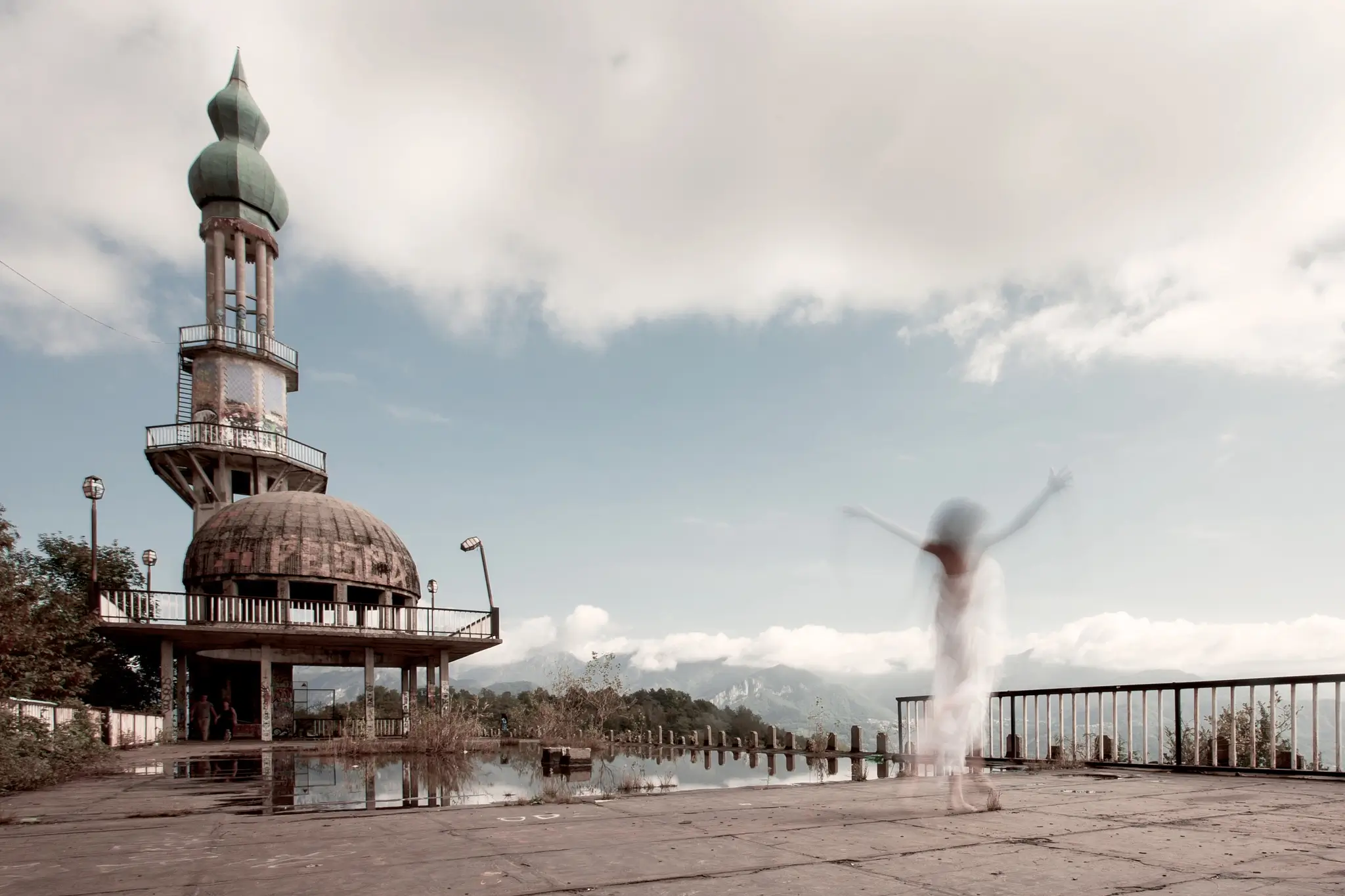
As you can see, many things can go wrong if you just “let things happen”. A set is an investment of time, energy and creativity, and it can’t be just superficially organised. The final result always depends on the attention you put into the details.
Planning and checking in advance can seem to be a waste of time.
I tell you: it’s not.
Take care and talk soon!